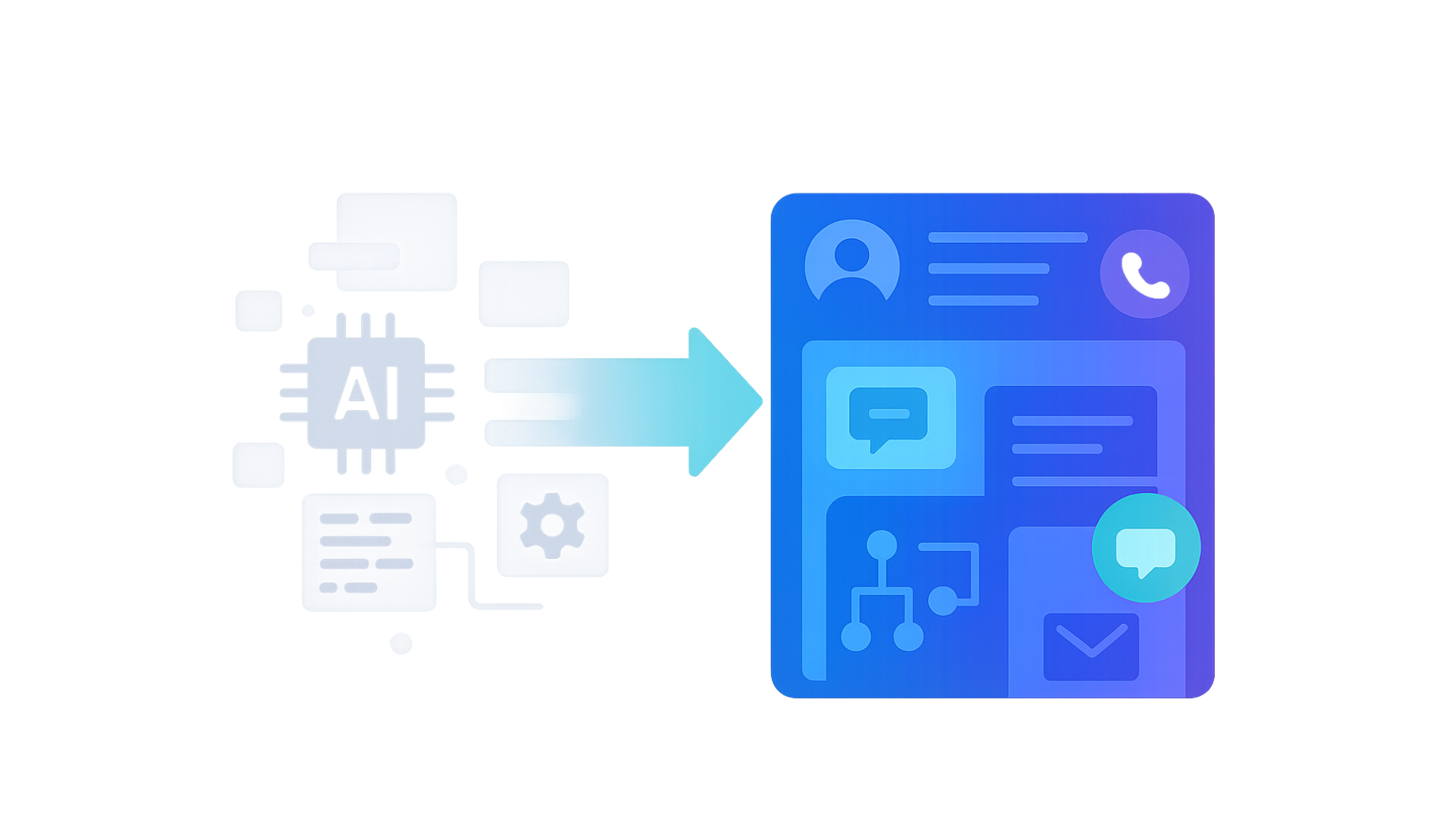Dealing with dissatisfied customers can be a challenging task, but it’s an important part of providing exceptional customer service. Effective communication can turn a negative experience into a positive one, leading to increased customer satisfaction and loyalty. In this blog, we’ll discuss how to identify dissatisfied customers and how to communicate with them efficaciously.
1. Listen and Empathize
The first step in dealing with a dissatisfied customer is to listen to their concerns and empathize with their situation. Show that you understand how they feel and that you’re there to help. For example, “I’m sorry to hear that you’ve had a negative experience with our product. I’d like to help resolve this issue for you.”
2. Apologize and Take Responsibility
If the issue is the result of a mistake on your part, apologize and take responsibility. A genuine apology can go a long way in diffusing the situation and improving the customer’s experience. For example, “I apologize for the inconvenience you’ve experienced with our service. This isn’t the level of service we strive to provide, and I’d like to make it right.”
3. Offer Contextual Resolution
Once you’ve listened to the customer’s concerns and apologized, offer a solution that addresses their issue. This could be a refund, a replacement product, or a discount on a future purchase. For example, “To make up for the inconvenience you’ve experienced, I’d like to offer you a 10% discount on your next purchase with us.”
4. Follow Up
After resolving the issue, it’s important to follow up with the customer to ensure that their experience has improved. This could be as simple as sending an email or giving them a call to check in. For example, “I just wanted to reach out and see if everything is okay now. Is there anything else I can do for you?”
5. Use a Positive Tone
When communicating with dissatisfied customers, it’s important to use a positive tone, even if the customer is angry or upset. This can help diffuse the situation and improve the customer’s experience. For example, “I understand that you’re frustrated, and I’m here to help. Let’s work together to find a solution.”
6. Document the Interaction
Finally, it’s important to document the interaction with the customer, including the issue they raised, the solution offered, and any follow-up actions. This can help you keep track of customer complaints and ensure that issues are resolved in a timely manner.
Conclusion:
In conclusion, dealing with dissatisfied customers requires effective communication and a solution-focused approach. By following the steps outlined above and using the provided examples, you can effectively communicate with dissatisfied customers and turn a negative experience into a positive one.
,
,
,
,
,
,
,
,
,
,
,
,
,













